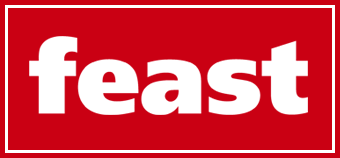Once reserved for policy wonks and economics professors, the topic of tariffs is now making its way into everyday conversations – from the barber’s chair to backyard barbecues. In an era where inflation, AI layoffs, and global unrest dominate the headlines, it seems everyone has something to say about the economy, even if they’re not entirely sure what a tariff is.
To gauge just how well Americans actually understand tariffs, MarketBeat.com, a financial media company, tested 3,750 people across the U.S., giving them a 5-question quiz. The results? Overall Americans scored 75%. In the breakdown however, some states know their stuff – others, not so much.
Iowa topped the leaderboard, with residents scoring an average of 90%. No surprise there: the state’s economy leans heavily on exports like soybeans and corn, industries deeply impacted by trade policy.
The top 5 most knowledgeable states are:
1. Iowa: 90%
2. Indiana: 88%
3. Wyoming: 86%
4. South Dakota: 86%
5. Idaho: 86%
At the other end of the scale, Louisiana trailed with an average score of just 42%.
On the flipside, the 5 least knowledgeable states are:
1. Louisiana: 42%
2. Delaware: 50%
3. Oklahoma: 58%
4. Alabama: 60%
5. Colorado: 61%
MarketBeat.com created a quiz so people can test themselves on their tariffs knowledge.
Not long ago, “tariff” was the kind of word you’d only hear from economists or on cable news. Now, it’s showing up in everyday conversations – even at parties. When people were asked how comfortable they’d feel explaining tariffs in a social setting, the answers were all over the map: 34% said they’d be happy to break it down, 41% would do their best to bluff through it, 19% said they’d try to steer the topic elsewhere, and 6% joked they’d just leave the party entirely.
When it comes to information sources, traditional news outlets still hold sway, with 58% of Americans citing them as their primary source on trade issues. Social media followed at 30%, while podcasts, YouTube, and watercooler conversations accounted for a modest 6% each.
In short, tariffs have gone from policy footnote to part of the national vocabulary – and more Americans are now paying attention, even if they’re still figuring it out as they go.



